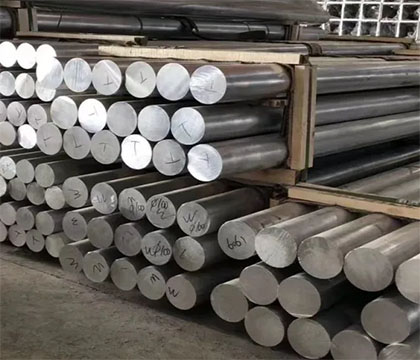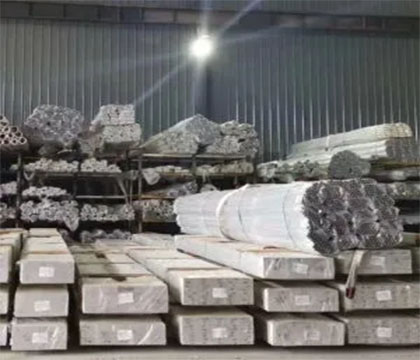-
 Call Now ! +86 13390692151
Call Now ! +86 13390692151 -
 Email Now sale@kfqizhongji.com
Email Now sale@kfqizhongji.com


5052 aluminum bar is a versatile alloy within the aluminum family, renowned for its exceptional corrosion resistance, good formability, and moderate to high strength. This formal and logical guide will provide an overview of 5052 aluminum bar, detailing its chemical composition, mechanical properties, and specific applications.

Chemical Composition
| Element | Range/Limit (%) |
| Aluminum (Al) | Balance |
| Magnesium (Mg) | 2.2 - 2.8 |
| Silicon (Si) | ≤ 0.25 |
| Copper (Cu) | ≤ 0.10 |
| Zinc (Zn) | ≤ 0.10 |
| Chromium (Cr) | 0.15 - 0.35 |
| Iron (Fe) | ≤ 0.40 |
| Manganese (Mn) | ≤ 0.10 |
Mechanical Properties
Strength and Hardness: 5052 aluminum bar offers moderate to high strength, with ultimate tensile strength ranging from 210 to 270 MPa. Its hardness can be tailored through different tempers, such as T3, T4, and T6.
• Formability: This alloy exhibits excellent formability, allowing it to be easily shaped and formed into various configurations without cracking or breaking.
• Corrosion Resistance: 5052 aluminum bar is highly resistant to corrosion, particularly in marine and high-humidity environments, due to its magnesium and chromium content.

Specific Applications
• Automotive Industry: 5052 aluminum bar is commonly used in automotive applications such as body panels, trim, and other components due to its lightweight nature and corrosion resistance.
• Marine Applications: Its corrosion resistance makes 5052 aluminum bar ideal for marine applications, including shipbuilding and boat construction, where exposure to saltwater and other corrosive elements is inevitable.
• Architectural Applications: The alloy's aesthetic appeal and durability make it a popular choice for architectural applications, such as window frames, doors, and cladding.
In conclusion, 5052 aluminum bar is a highly versatile alloy with a balanced chemical composition and impressive mechanical properties. Its corrosion resistance, good formability, and moderate strength make it suitable for a wide range of applications, from automotive and marine to architectural and general engineering.